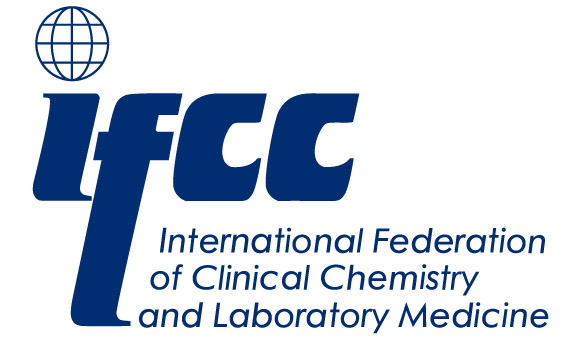Now, a recent study in the New England Journal of Medicine has found that testing for Epstein-Barr virus (EBV) DNA in the blood is a useful way to screen for early nasopharyngeal cancer in high-risk individuals without symptoms. Early detection can be lifesaving because radiation therapy can often cure early-stage nasopharyngeal cancer.
Epstein-Barr virus infections are very common in childhood and typically asymptomatic. About 25% of teens and young adults infected with EBV develop symptoms associated with infectious mononucleosis (mono), such as fever, sore throat, swollen glands, and fatigue, that usually resolve in two to four weeks. While EBV infections rarely lead to nasopharyngeal cancer, they are one of the risk factors for the disease.
Nasopharyngeal carcinoma (NPC) is a cancer that starts in the upper part of the throat, behind the nose. It is rare in the United States but more common in China, where the study took place. Symptoms, such as a lump in the neck, deafness or ringing (tinnitus) in one ear, nosebleeds and stuffy nose or nasal blockage, often do not appear until the cancer has spread. If diagnosed in its earliest stage, NPC is potentially curable with a five-year survival rate as high as 95%, so a screening test that could identify NPC early, before symptoms develop, is needed.
Recently, researchers have been investigating EBV DNA as a potential biomarker in the blood for nasopharyngeal cancer detection, monitoring, and prognosis. NPC tumor cells contain some EBV DNA and fragments of this DNA are often detected in the blood of patients with symptoms of NPC. The new study is a step forward because it demonstrates that the persistent presence of EBV DNA circulating in the blood of asymptomatic people can help identify early nasopharyngeal carcinoma.
The new study included a group of more than 20,000 men of Chinese descent aged 40 to 62 years. (This cancer occurs more commonly in middle-aged Chinese men compared to women, younger men and those who live outside of Southeast Asia.) EBV DNA was persistently positive on repeat testing in 309 participants who were then offered examination of their nasopharynx with an endoscope and by magnetic resonance imaging (MRI). Of the 300 men examined, 34 (11%) were ultimately diagnosed with nasopharyngeal carcinoma.
Sixteen of the 34 individuals with the cancer (47%) were diagnosed with stage I disease. Typically, only 5% to 7% of people with nasopharyngeal carcinoma are diagnosed with stage I disease, noted the researchers. Individuals undergoing early screening also had better 3-year progression-free survival.
Only one individual who tested negative for EBV DNA developed nasopharyngeal carcinoma after one year. In this study, the EBV DNA test detected roughly 97 out of 100 NPC (97.1% sensitivity) and was correctly negative in about 98 out of 100 people without NPC (98.6% specificity).
In the study, 89% of the men with persistently positive blood tests for EBV DNA did not develop nasopharyngeal cancer. A positive result does not mean that an individual has cancer, only that further testing is needed.
In an editorial accompanying the study, Richard F. Ambinder, a Johns Hopkins School of Medicine oncologist, views this approach to early screening for nasopharyngeal cancer as promising in the right settings. He does caution that outside of regions where the cancer is most common, such as Southeast Asia, EBV DNA is not as effective at predicting nasopharyngeal cancer. For instance, a retrospective survey conducted at Johns Hopkins showed that only 1% of individuals with EBV DNA detected in blood samples had nasopharyngeal carcinoma.
Also, since the study only included middle-aged Chinese men, the test may not be as useful for screening others even if they live in Southeast Asia. However, in appropriate settings—such as areas where the cancer is common and in people with risk factors—EBV DNA screening has the potential to become a useful liquid biopsy.
Source: LTO















































